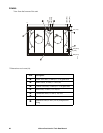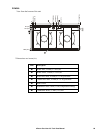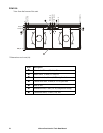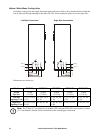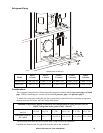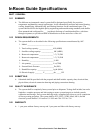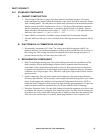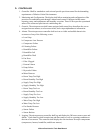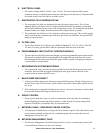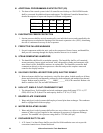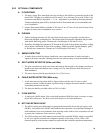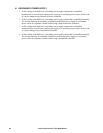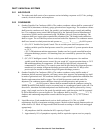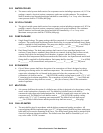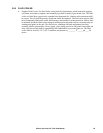InRoom Precision AC Tech Data Manual76
D. CONTROLLER
1. Controller: Shall be standard on each unit and provide precision control for the demanding
requirements of Mission Critical Environments.
2. Monitoring and Configuration: The display shall allow monitoring and configuration of the
precision air conditioning unit through a menu-based control. Functions include status
reporting, setup, and temperature and humidity set points. Three LEDs report the operational
status of the connected precision air conditioning unit.
3. Controls: The microprocessor shall come equipped with control keys that allow the user to
navigate between menus, to select menu items, and to input alphanumeric information.
4. Alarms: The microprocessor controller shall activate a visible and audible alarm in the
occurrence of any of the following events:
a. Local Stop
b. Compressor Low Pressure
c. Compressor Failure
d. E-heating Failure
e. Humidifier Failure
f. Humidifier 5uS
g. Humidifier 20uS
h. Fan Error
i. Filter Clogged
j. External Alarm
k. Pump Failure
l. Drycooler Failure
m.Water Detector
n. Room Temp Too High
o. Room Humidity Too High
p. Supply Temp Too High
q. Supply Humidity Too High
r. Room Temp Too Low
s. Room Humidity Too Low
t. Supply Temp Too Low
u. Supply Humidity Too Low
v. Water Temp Too High
w. Water Temp Too Low
x. Fire/Smoke Detector
y. Sensor Failure
z. Sensor Broken
5. Logging: The microprocessor controller shall log and display the 200 most recent events and
alarms. Each alarm log shall contain time and date stamp as well as operating conditions at
the time of occurrence. The controller shall display the run time hours for major components
(compressors, heaters, humidifier, and blower motors).



